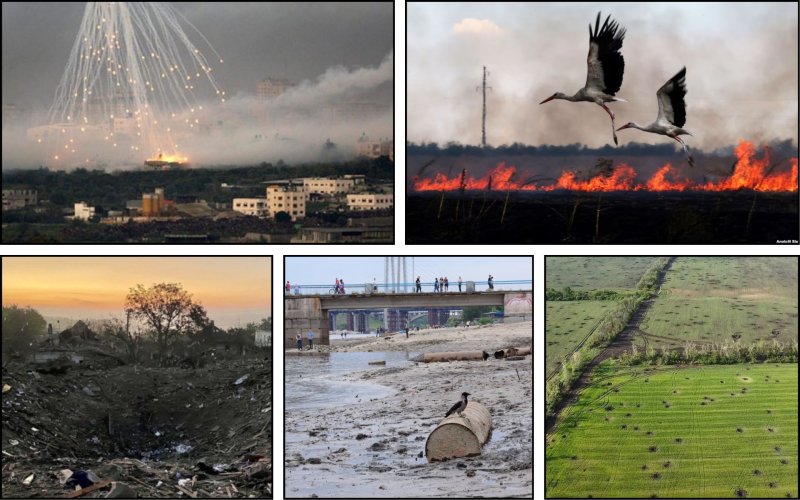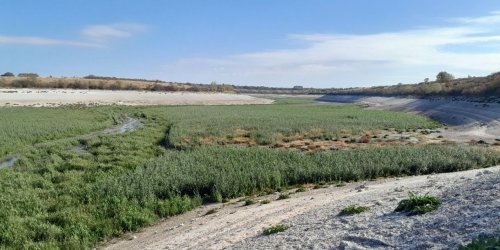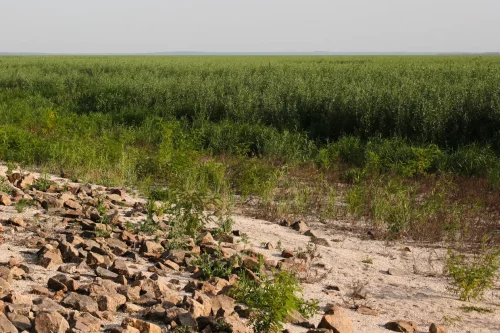In 2023, Ukrainians witnessed a series of environmental disasters that caused significant environmental damage. Russian military ecocide, air, soil, and water pollution, forest fires, etc. posed a serious threat to the country and the world. The government, civil society, and international partners have taken urgent measures to minimize the consequences of these disasters wherever possible. However, some disasters will have irreversible consequences and will affect human and natural health for decades.
Read more about the largest environmental disasters in Ukraine in EcoPolitic's material.
-
The Russians blew up the Kakhovskaya HPP dam;
Even at the beginning of 2023, Ukrainian leaders warned of a possible large-scale terrorist attack by the Russians, but international partners failed to prevent the disaster. The occupiers blow up the dam of the reservoir on the night of June 6, causing the 2,155 km2 reservoir to become shallow.
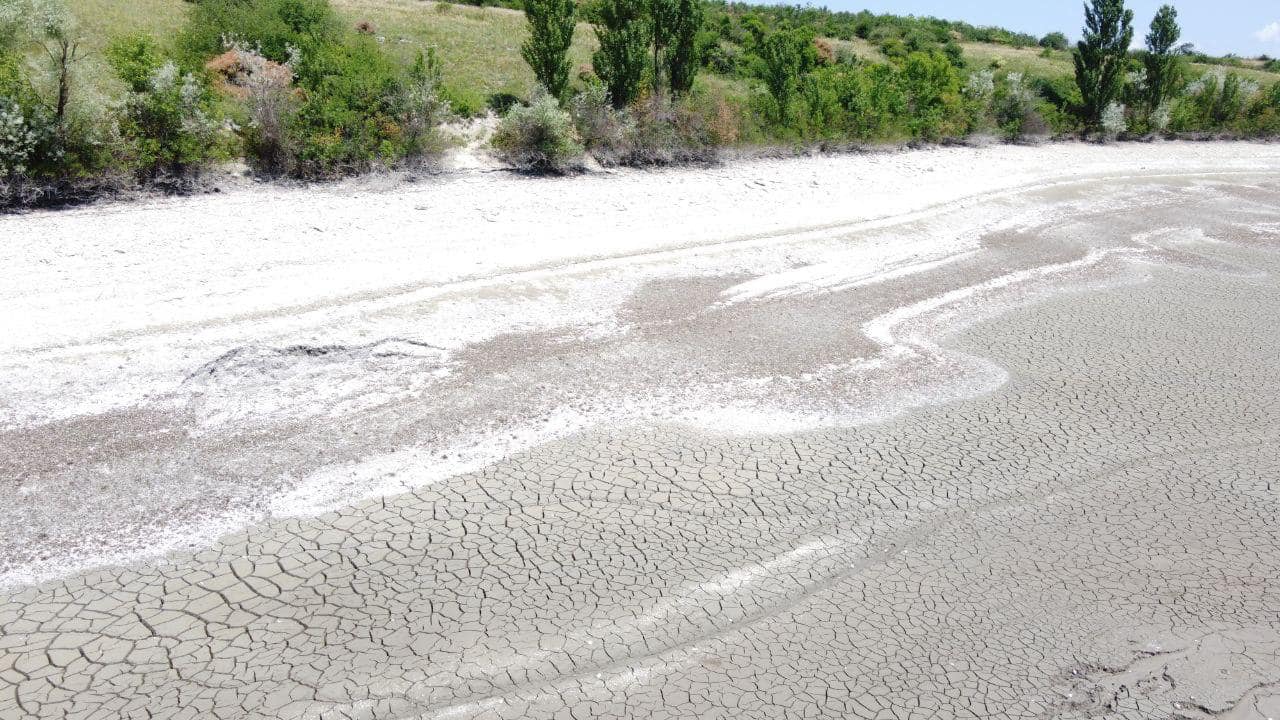
Water flooded large areas, including protected areas, in Mykolaiv Oblast, Odesa Oblast, and Kherson Oblast, which caused the death of people and thousands of animals, as well as colossal pollution of land, rivers, and the Black Sea. Other regions, for example in the Zaporizhzhia region, turned into a desert, and cities were left without water supply. Streams of water washed away entire houses, industrial enterprises, cattle cemeteries, mines, etc.
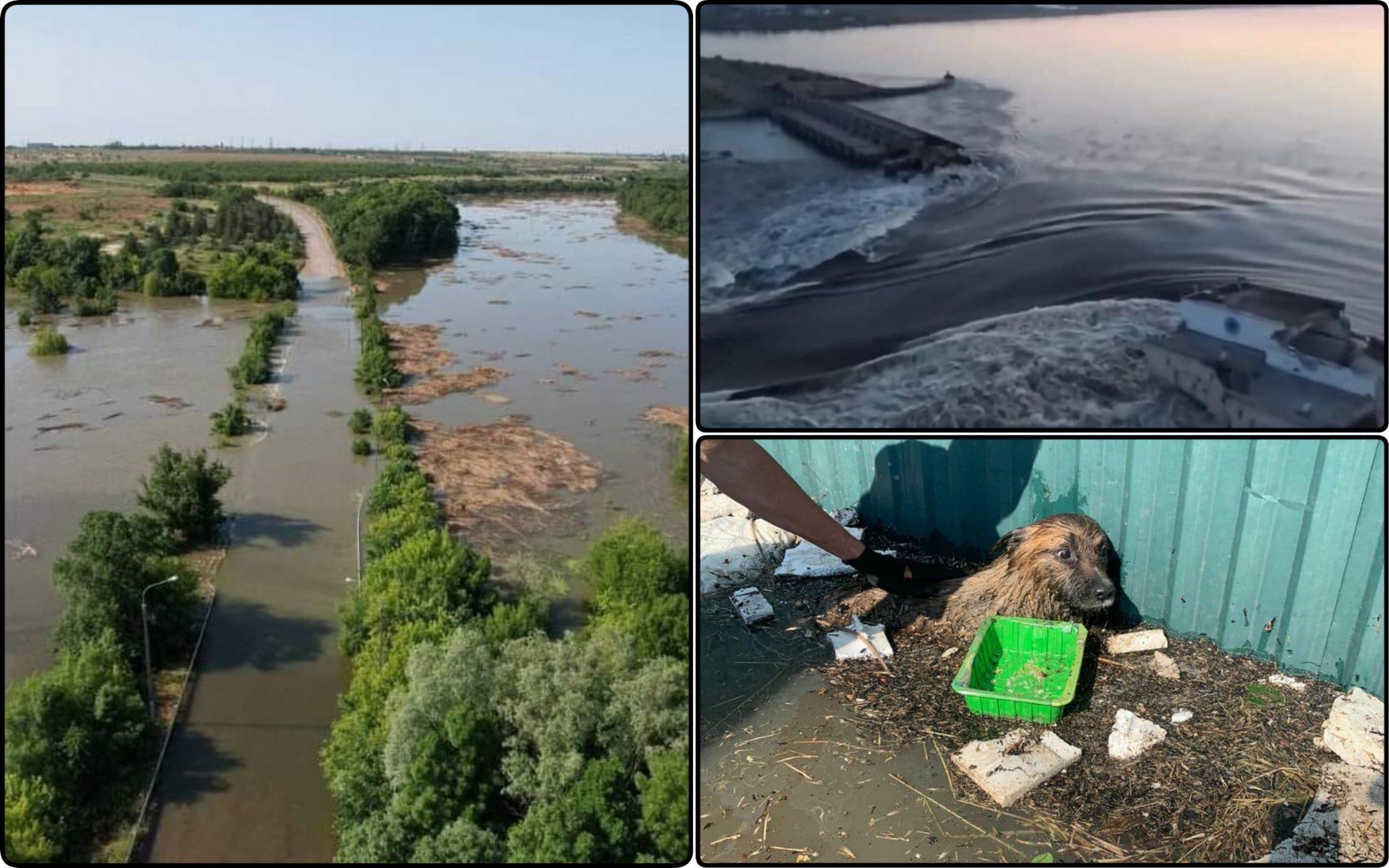
The shallowing of the Kakhovka Reservoir also posed another risk – a threat to the stable operation of the Zaporizhzhia NPP, as it was the source of water for the cooling pond.
The environmental community feared an additional catastrophe – the spread of heavy metals and radionuclides from bottom sediments and dust storms by winds. This would have poisoned large areas and contributed to the desertification of southern Ukraine. However, the bottom sediments turned out to be safe.
In addition, in 2023, the bottom of the shallow reservoir turned into a new willow forest and was overgrown with wild grasses. Thus, scientists have already counted about 70 species of plants in the reservoir and recorded the formation of a natural willow forest.

life.pravda.com.ua
-
Catastrophic salinization of the Sea of Azov;
As early as December 2022, the Russians began to destroy the ecosystem of the Sea of Azov, namely the Kalchyk River, which fills it. First, they dismantled a minidam that protected the river from flooding.
Since January, the occupiers began to fill up the Kalchika river in three places, allegedly to repair bridges. This has led to a decrease in the sea's fresh water supply, and therefore to an increase in salinity, which threatens to destroy its natural ecosystem. Already at the end of spring, local residents began to record the death of dolphins and algae, and in October – an abnormal invasion of jellyfish.
At the end of October, even Russian scientists began sounding the alarm. After all, the <salinity of the Sea of Azov (natural 10–12‰ ppm) has already almost equaled the indicators of the Black Sea (18‰).>
It should be noted that not only Mariupol rivers suffer from the actions of the occupiers. Thus, in September, in the Zaporizhzhia region, the occupiers began to destroy the banks of the largest river in the northwestern Azov region, the Molochnaya, which also flows into the basin of the Sea of Azov. In the summer, the Molochnaya river silted up, its waters became white, covered with white foam and acquired a sharp unpleasant smell. The probable cause of the pollution was sewage break and sewage entering the river, but the occupiers did nothing.
-
Dzharylgach Island;
The unique island Dzharylgach in the Kherson region was occupied in the spring of 2022 and connected to the mainland by a sand embankment.
Such spit threatened the ecosystem of the bay and the island, which is included in the list of the 22 most important and unique wetlands on the planet. In addition, the occupiers set up a military training ground on the island. Probably, he was the cause of the large-scale fire, which destroyed the entire protected area of the natural park on the territory of more than 1,500 hectares in one week in August.

Previously, the ecosystem of the island consisted of steppe, meadow and salt marsh areas. According to Iryna Sabashenko, director of the Dzharylgat National Nature Park, it will take 4-5 to 8-12 years to restore them. Tamarix thickets can recover only in 15-30 years.
However, the "suffering" of the island did not end there and a powerful storm in November destroyed all the settlements along the entire sea coast. As a result of the storm, the sandy beach of Dzharylgacha expanded by an additional 70-100 m. However, bad weather also had conditionally positive consequences, namely the erosion of the embankment. Now the bay is not threatened by waterlogging, and the occupiers have lost access to the island.
-
The death of 9 tons of sturgeon in the Ladyzhyn reservoir;
In October, 9 tons of red-listed sturgeons and belugas died in one night at the Ladyzhinsky Reservoir, Vinnytsia region. This destroyed the only unique herd of breeding Azov sturgeon.
According to the sturgeon breeder of the aqua farm Ivan Agapov the pollution that caused the plague must have been very large-scale, because sturgeons are resistant to water pollution.
A day after the disaster, eco-inspectors took water samples and found no violations of sanitary standards. Currently, the circumstances of the event remain unknown.
-
Dry Lake Blue.
In October, the unique lake Synye near the Vynogradar housing estate dried up in Kyiv. This lake was probably formed during the Ice Age and was a center of wildlife in the Podilsk district. The lake is drainless, that is, it is filled by precipitation and bottom sources.
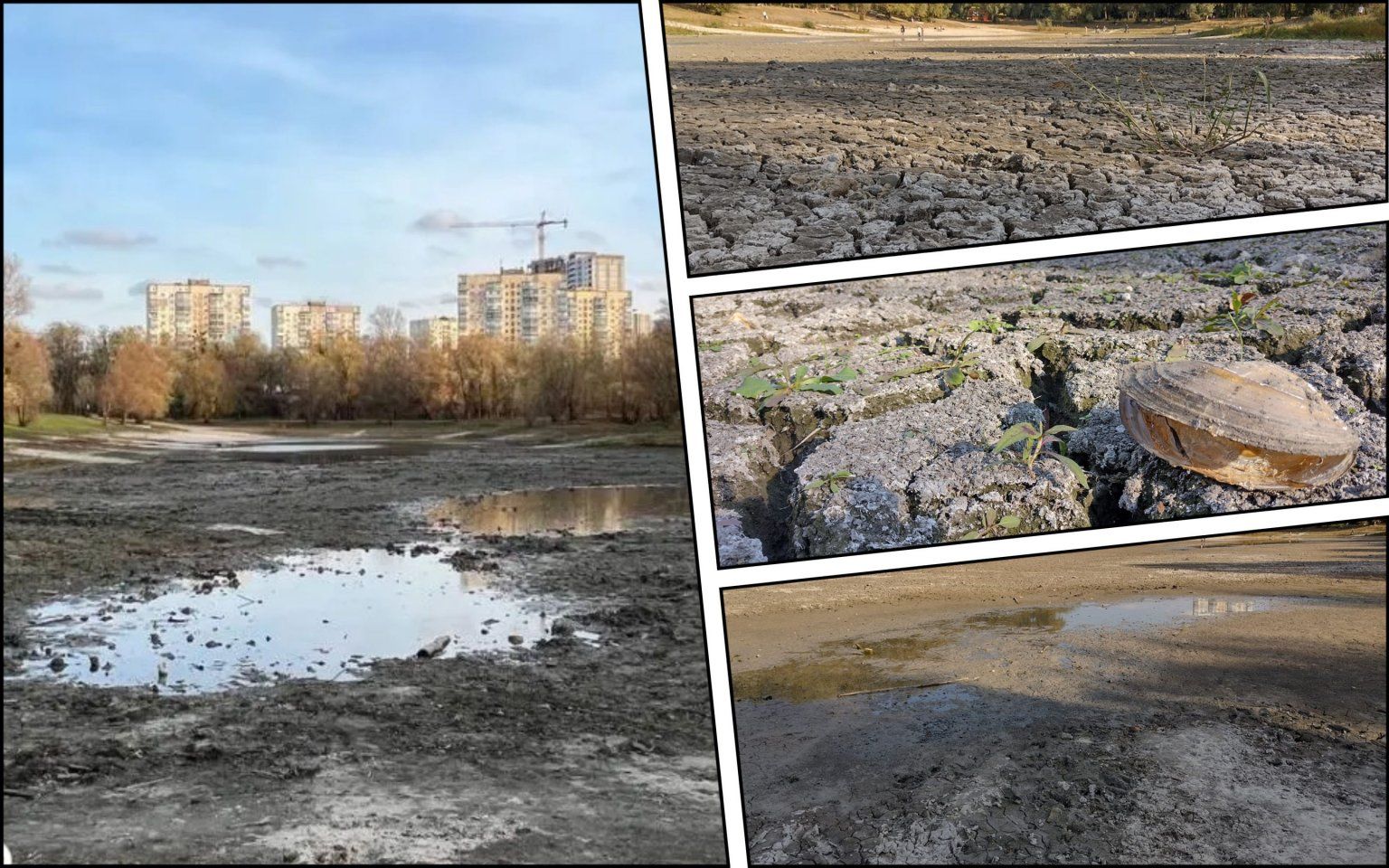
Over the past 40 years, the Blue has become very shallow, in particular due to climate change and water lowering due to the construction of housing estates and highways. According to ecoactivists, the lake disappeared due to the construction of a high-rise building, which was never completed.
For years, officials promised to save the lake, but in May its area significantly decreased, and the connecting channel dried up. Cleaning of the lake is planned for 2024 for about 35 million hryvnias. This is probably the last chance for the lake.
According to the General Director of the "Pleso" utility enterprise Vyacheslav Savytskyi, if the rescue of the lake is postponed until victory, it may lead to its final loss.
These large-scale ecological disasters changed Ukraine's ecosystem forever. However, nature does not tolerate emptiness and is able to recover, but it needs help at all levels – from legislative, to reduce anthropogenic load and industrial pollution, to individual actions of Ukrainians. Everyone can help the environment recover through simple eco-habits such as planting trees, sorting garbage, avoiding fast fashion, choosing environmentally friendly cleaning products, etc.

